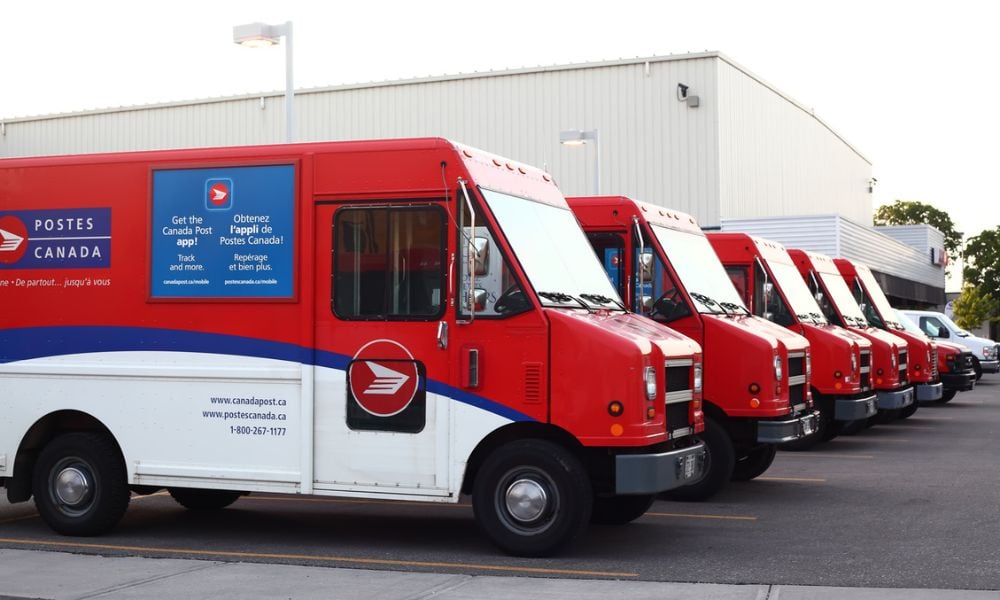How best to provide for employees with disabilities? According to an ongoing study by the Job Accommodation Network, a service of the U.S. Department of Labor’s Office of Disability Employment Policy, accommodations not only provide positive impacts to the workplace, but are also surprisingly low cost. Direct benefits include employee retention, increased productivity, cost containment around employee training and an increased attendance rates.
How best to provide for employees with disabilities? According to an ongoing study by the Job Accommodation Network, a service of the U.S. Department of Labor’s Office of Disability Employment Policy, accommodations not only provide positive impacts to the workplace, but are also surprisingly low cost. Direct benefits include employee retention, increased productivity, cost containment around employee training and an increased attendance rates.
1) Universal design is one of the last decade’s most celebrated concepts in disability advocacy. It’s defined as the building of spaces, structures, services, resources and communications that are organically accessible to those with or without disabilities, not requiring any further accommodation or modification. Some examples of universal design include flexible work options and schedules, employee materials in a variety of accessible formats, and construction of workspaces that are accessible not only to those with assistive devices but all other employees.
2) Accessible outreach and hiring procedures mean removing barriers to participation, which includes creating recruitment literature and job applications in large-print and digital formats, training recruiters in effective outreach and holding outreach events in accessible spaces.
3) Training is a bit of a double-edged sword here. It not only entails providing equal access to events, materials and training sites for employees with disabilities, but making sure that human resources staff and managers are equipped to work well with all populations, including those who are disabled.
4) Mentoring programs provide professional development and promotion opportunities. An inclusive workplace culture is reliant on making existing mentoring programs accessible as well as providing targeted programs to specifically reach employees with disabilities.
5) Corporate policy and practice play a huge role in the accessible workplace. In order to figure out whether your existing accommodations are reasonable, consider whether your employees with disabilities believe they are accessible, functional and fair.
You Might Also Like…
Employers: Obesity not a disability
Human Equity: Moving beyond diversity
Return to work planning for employees with mental illness
1) Universal design is one of the last decade’s most celebrated concepts in disability advocacy. It’s defined as the building of spaces, structures, services, resources and communications that are organically accessible to those with or without disabilities, not requiring any further accommodation or modification. Some examples of universal design include flexible work options and schedules, employee materials in a variety of accessible formats, and construction of workspaces that are accessible not only to those with assistive devices but all other employees.
2) Accessible outreach and hiring procedures mean removing barriers to participation, which includes creating recruitment literature and job applications in large-print and digital formats, training recruiters in effective outreach and holding outreach events in accessible spaces.
3) Training is a bit of a double-edged sword here. It not only entails providing equal access to events, materials and training sites for employees with disabilities, but making sure that human resources staff and managers are equipped to work well with all populations, including those who are disabled.
4) Mentoring programs provide professional development and promotion opportunities. An inclusive workplace culture is reliant on making existing mentoring programs accessible as well as providing targeted programs to specifically reach employees with disabilities.
5) Corporate policy and practice play a huge role in the accessible workplace. In order to figure out whether your existing accommodations are reasonable, consider whether your employees with disabilities believe they are accessible, functional and fair.
You Might Also Like…
Employers: Obesity not a disability
Human Equity: Moving beyond diversity
Return to work planning for employees with mental illness





